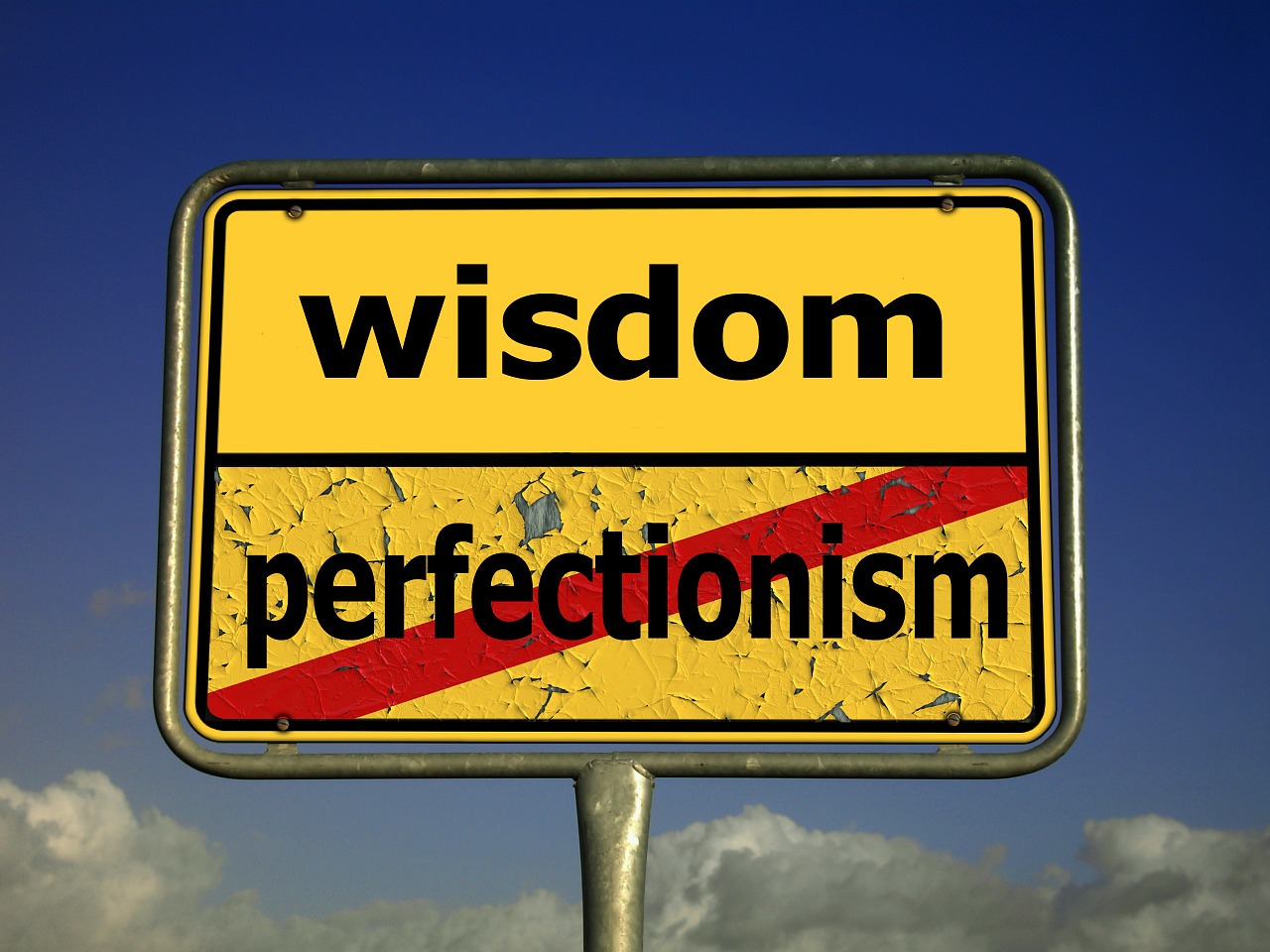
That’s the question I often get asked when I teach a specific meditation style called Tonglen. Before I explain Tonglen meditation, think about any guided relaxation exercises you might have done in your life. Many of us have experienced guided meditations, relaxation exercises, and even yoga practices that encourage us to breathe in the “good stuff” and breathe out the “bad stuff”. This is a great practice. It can feel powerful to imagine breathing in the stuff we want more of: peace, calm, happiness, abundance (“Yes, please, I’d like two servings of each!”), and to breathe out the stuff we want less of: worry, fear, stress, struggle, pain (“Yes, please, get this *bleep* out of me!”). Tonglen meditation has us do the exact opposite: breathe in the “bad stuff” and breathe out the “good stuff.” You may be asking that same question at the beginning of this post: “But why would I want to breathe in the bad stuff?” In my opinion, Tonglen meditation can be another tool in our toolkit to transform our own uncomfortable emotions.
The Tonglen meditation practice has roots in Buddhist tradition but can be applied within any spiritual belief system or mindfulness practice. The basic practice involves two primary steps: 1. Breathing in suffering and struggle, and 2. Breathing out wellbeing. The first step of the Tonglen practice allows us to learn how to hold struggle and suffering differently within ourselves. In doing so, we may also move towards acceptance of our own struggle and pain, which can allow room for these feelings to transform. Keep in mind that acceptance does not equal liking or condoning or wishing for more of something. It simply means accepting what is or what has come to pass. You can practice breathing in worry, grief, insecurity, frustration, hurt, anger, or anything else you may be experiencing. You can even breathe in the physical sensations or unpleasant thoughts accompanying your emotional distress. This can also be a powerful practice for breathing in and coming to terms with the suffering we may witness in others, from loved ones to complete strangers experiencing pain.
In the second step, when you exhale, breathe out anything you need right now for your wellbeing. Perhaps you need clarity, perspective, compassion, serenity, hope, patience, perseverance, abundance, connection. Perhaps you need to be in touch with equanimity, an accepting awareness that this struggle will pass and you will be okay. Imagine that you are breathing out into the world whatever you need to walk through right now. As you practice this meditation, you can expand the intention of your exhales to include compassion for anyone else experiencing similar struggles.
I find this practice a very powerful thing to do when it feels as if there is nothing else we can do, such as in situations where we feel particularly helpless or lost. Tonglen meditation gives us something to do, and in this sense, is rather like a meditative prayer, helping us transform the negative energy into something more constructive. Furthermore, it encourages us to be compassionate with ourselves as well as others as we struggle. An additional benefit of this practice is that it can inspire us get in touch with what we might need right now to move through a difficult spot. Although it may be challenging to find a way to hold and transform the “bad stuff,” there are a lot of potential benefits. In other words, Tonglen meditation may offer another path towards the “good stuff” in life! I rather like the idea of breathing out what I need right now; it gives me the image of being able to take the “good stuff” with me as I move forward and maybe even sharing some of the “good stuff” with others who could really use it, too.
Mental Health in the News

Are we giving ourselves a collective case of ADHD with our technology? This week’s featured article comes from Science Daily. Check out how our use of smartphones and social media can affect our attention and behavior. Read the full article here. Yet another reason to practice mindfulness and meditation; they’re an antidote to information overload!



